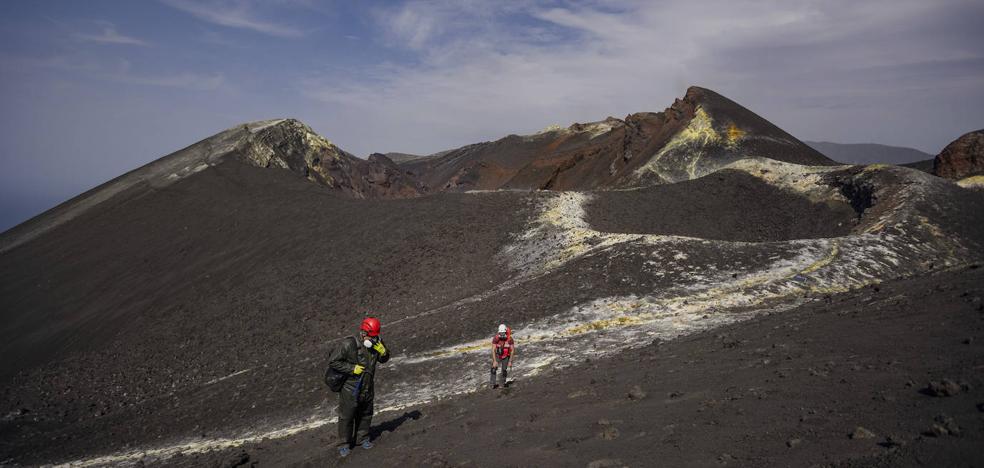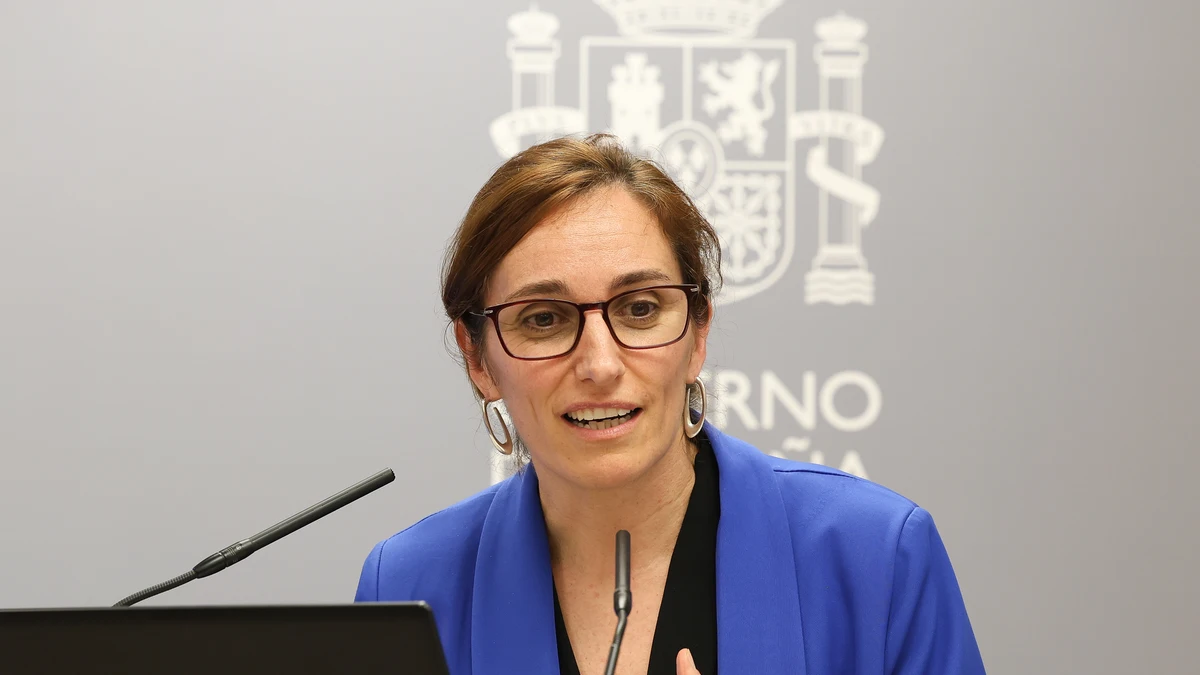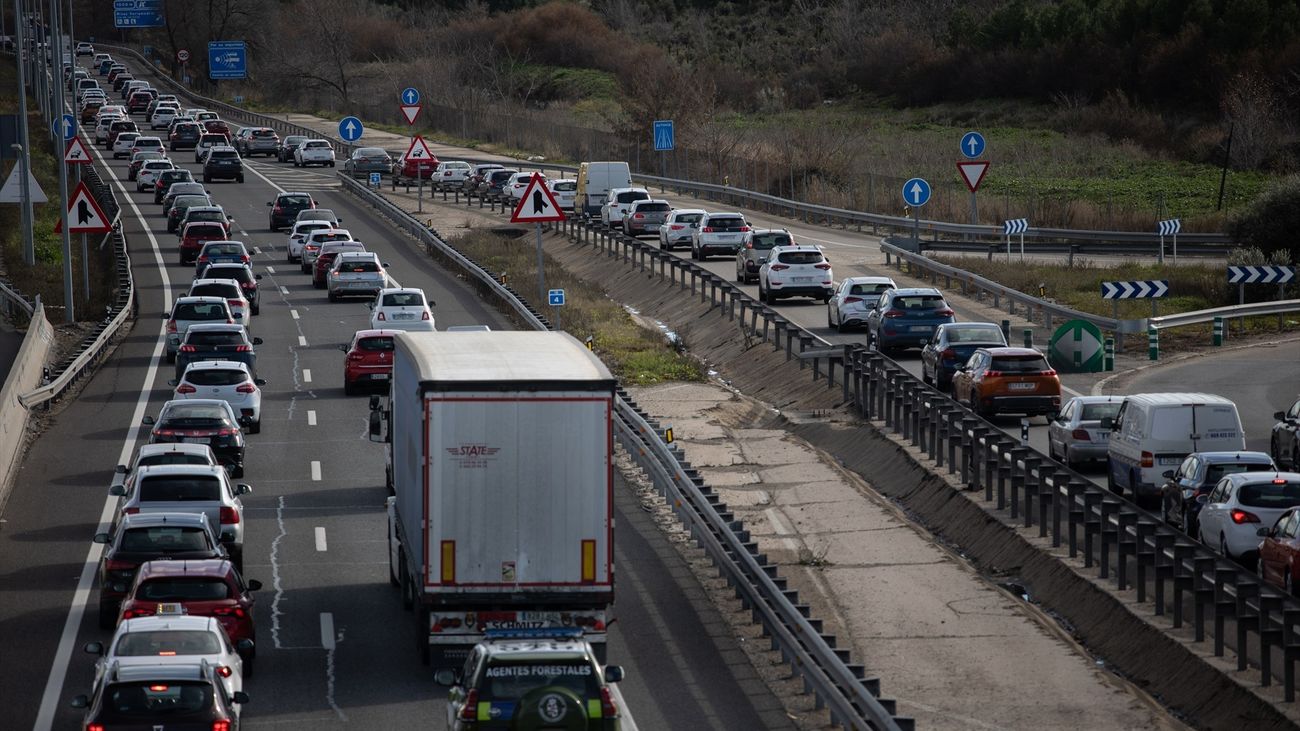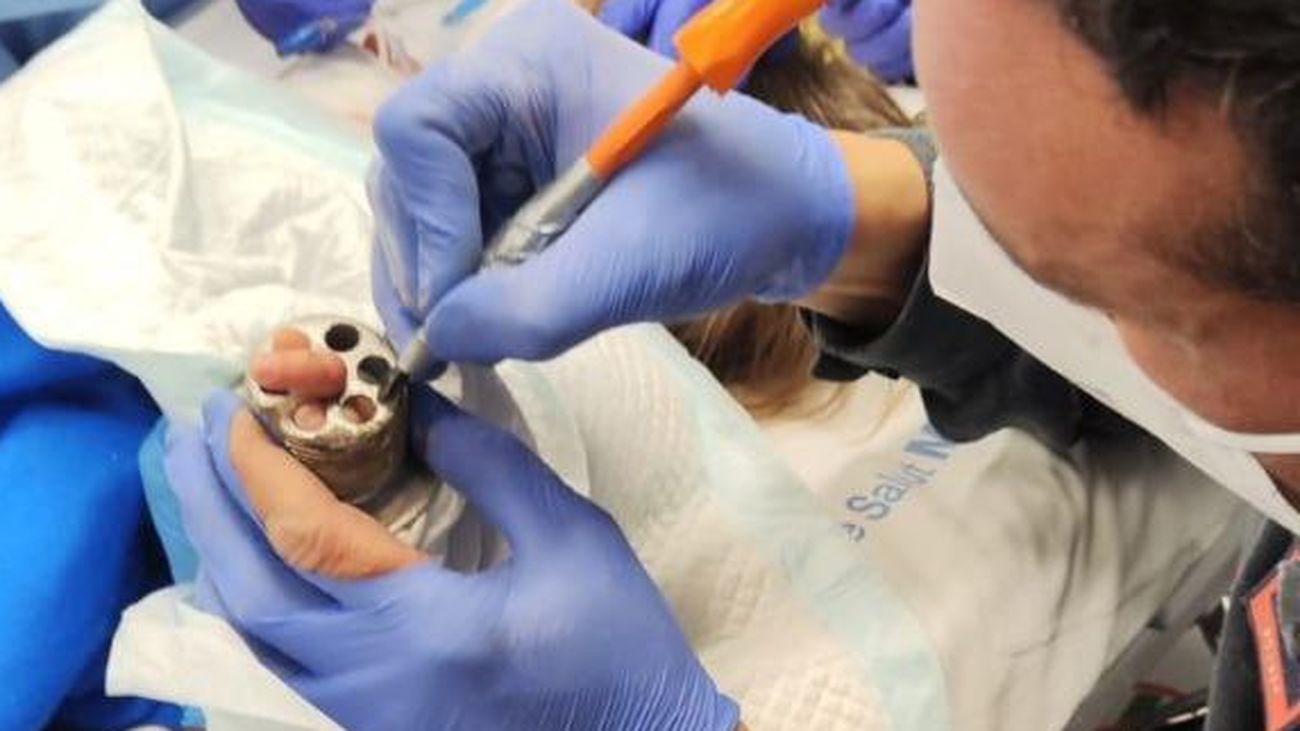The last seismic swarm of La Palma calms down: "The volcano's guts turned over"

Archive photo of two IGN scientists walking through the crater of the Palmero volcano. /
The cooling of the magma in the subsoil caused 74 earthquakes in two days. Without ground deformation or continued activity, reactivation is ruled out
The alarms went off again last week in the Aridane Valley when a new
seismic swarm. In total, between last Thursday and Friday there will be
on 74 tremorsincluding some felt by the population, according to the records of the
National Geographic Institute (IGN). For the tranquility of La Palma trees,
this rebound in seismic activity does not respond to a reactivation of the volcanic system of Cumbre Vieja, but to a
relocation of fluids and gases emitted by magma that rests in the subsoil at a depth of about 10 kilometers. In addition, from Saturday to this Tuesday at noon, only a total of
seven earthquakesall of magnitude less than 2.
“The seismic swarm is an event that is related to the fluids that remain cooling. under the island
there is a lot of magma that generates gases. The movement of these fluids generates this activity”, explains the IGN seismologist, Itahiza Domínguez, about this phenomenon. «
The volcano's guts churned», summarizes Domínguez graphically, who does not rule out that this type of episode will be repeated on La Palma.
In any case, the volcanologist points out that there is no reason for alarm since there has been no
no ground deformation and no ongoing seismic activity that may indicate a reactivation of the system.
In fact, Domínguez maintains that this episode is
usual in the posteruptive stage. “It is a very long process because the magma will take a long time to cool down. We see it on the surface where we have found areas with
temperatures still very high», explains the seismologist. In this sense, he emphasizes that in some cracks in the crater incandescent material can still be seen, reaching
900 degrees centigrade. "We don't know the rate at which it is going to cool down, but we don't see that it is a fast process," says the seismologist.
In addition, he adds, the material deposited on top of the magma that remains in the system acts as an insulator, so the heat is preserved for a long time. «In these rainy days we have seen a lot of water vapor in the area. As the water seeps through the cracks, it evaporates,” says the member of the IGN volcanic surveillance team who continues to be stationed on La Palma. "We will be
Stay tuned in case something like this happens again. to see if there is an acceleration of the earthquakes or a deformation of the ground”, affirms the volcanologist.










